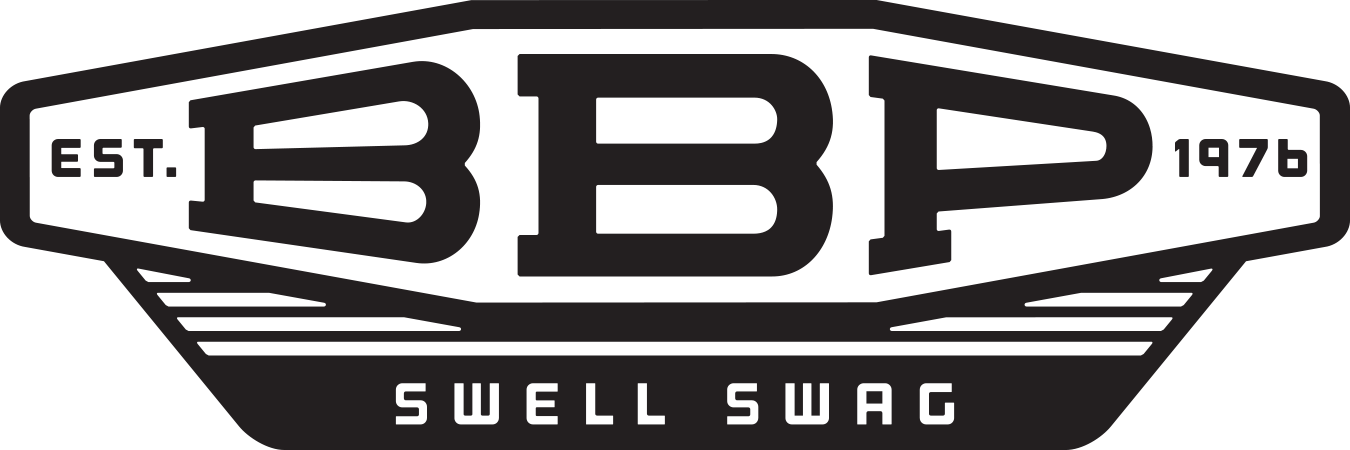Screen Printing vs. Direct-to-Garment Printing: The Face-Off
Branding isn't just about your logo, website, or social media presence - it extends to all corners of your business. When it comes to custom apparel, the method you use to print your logo or design can make a world of difference in the final product.
Today, we're diving deep into two of the most popular printing methods: screen printing and direct-to-garment (DTG) printing. Buckle up!
Screen Printing: The Old-School Champ
Screen printing is a bit like the vinyl records of the printing world – it's an oldie but goodie. This method has been around for centuries and involves creating a stencil (or "screen") for each color used in the design. Ink is then pushed through these stencils onto the fabric.
There are many advantages of screen printing. It's highly durable, meaning it can withstand the test of time (and numerous washes) without the design fading or cracking. Screen printing also shines when you need to print a large volume of items, as the process becomes more cost-effective as the quantity increases. Plus, the colors in screen printing are often more vibrant, especially on darker fabrics, due to the thicker layers of ink that are applied.
An example of a job well suited for screen printing would be a two-color logo on the front and a line of text on the sleeve. This is a more straightforward job and would be easily converted to screens and printed on some tees with sharp and eye-catching colors.
But like all things, screen printing has its cons. There are better options for complex, multi-colored designs, as each color needs its own screen. This not only increases the cost but also the production time.
Direct-to-Garment Printing: The Digital Dynamo
Enter Direct-to-Garment (DTG) printing, the modern, tech-savvy contender in the ring. As the name implies, DTG printing involves printing digital images directly onto the garment using specialized inkjet technology. Think of it like your standard office printer but for T-shirts.
DTG printing shines in its ability to reproduce highly detailed, multi-colored designs. It's like the Picasso of printing methods. You can print virtually any image or design, no matter how intricate or colorful, with DTG. Plus, there are no setup costs, so it's an excellent option for smaller runs.
An artist wanting a scan of one of their pieces printed on a t-shirt would be an excellent use case for DTG. Because scans are not vector art, they are almost always impossible to screen print. Another perfect situation for this printing method is when someone wants a photo printed on a t-shirt for a wedding party or bachelor/bachelorette party. Photos can't be done with screen printing, but they can when printed digitally.
However, DTG printing has its own drawbacks. The print is less durable than screen printing, which means it might not withstand repeated washes. Additionally, while DTG printing can reproduce a broader range of colors, the final print may be less vibrant on darker fabrics. It's also more expensive than screen printing as the process is much slower.
The Verdict: It Depends!
The epic face-off between screen printing and DTG printing has yet to have a clear-cut winner because the best method for you depends on your specific needs.
Screen printing might be your best bet if you're printing a simple design in bulk. It offers durability and vibrancy, and it's cost-effective for larger runs. But if you have a highly detailed, multi-colored design and you're printing a smaller quantity, DTG could be the champ for you.
At BBP, we offer both screen printing and DTG options because we understand the unique needs of each project. Our team of experts can guide you through the process, ensuring you get the best result for your brand.
Custom apparel isn't just about getting your brand's name out there. It's about showcasing your brand's personality and commitment to quality. So, whether you're an old-school screen printing fan or a digital DTG devotee, we're here to bring your vision to life in the coolest, most professional way possible.


